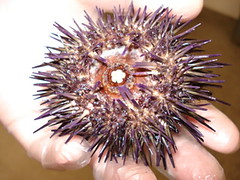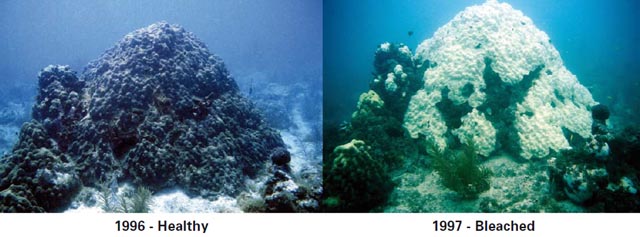The Beneath the Waves Film Festival is back for its third year and is  currently accepting submissions!
currently accepting submissions!
This festival is entirely student-run and is held in conjunction with the Benthic Ecology Meeting, a scientific conference. Alexandra Warneke, a student committee member for the festival, states, “the goal is to encourage widespread science communication by inspiring people to tell stories of their science and conservation efforts”. Submissions are welcomed from any ocean enthusiast, from professional filmmakers to students to scientists. The deadline for submissions is February 24, 2012 and the festival will be held in Norfolk, Virginia in March. You do not need to be present at the festival to submit a film. To learn more about the festival and the submission process, please see our website:http://www.beneaththewavesfilmfest.org/




 Dugongs, a relative of
Dugongs, a relative of 







What people are saying …